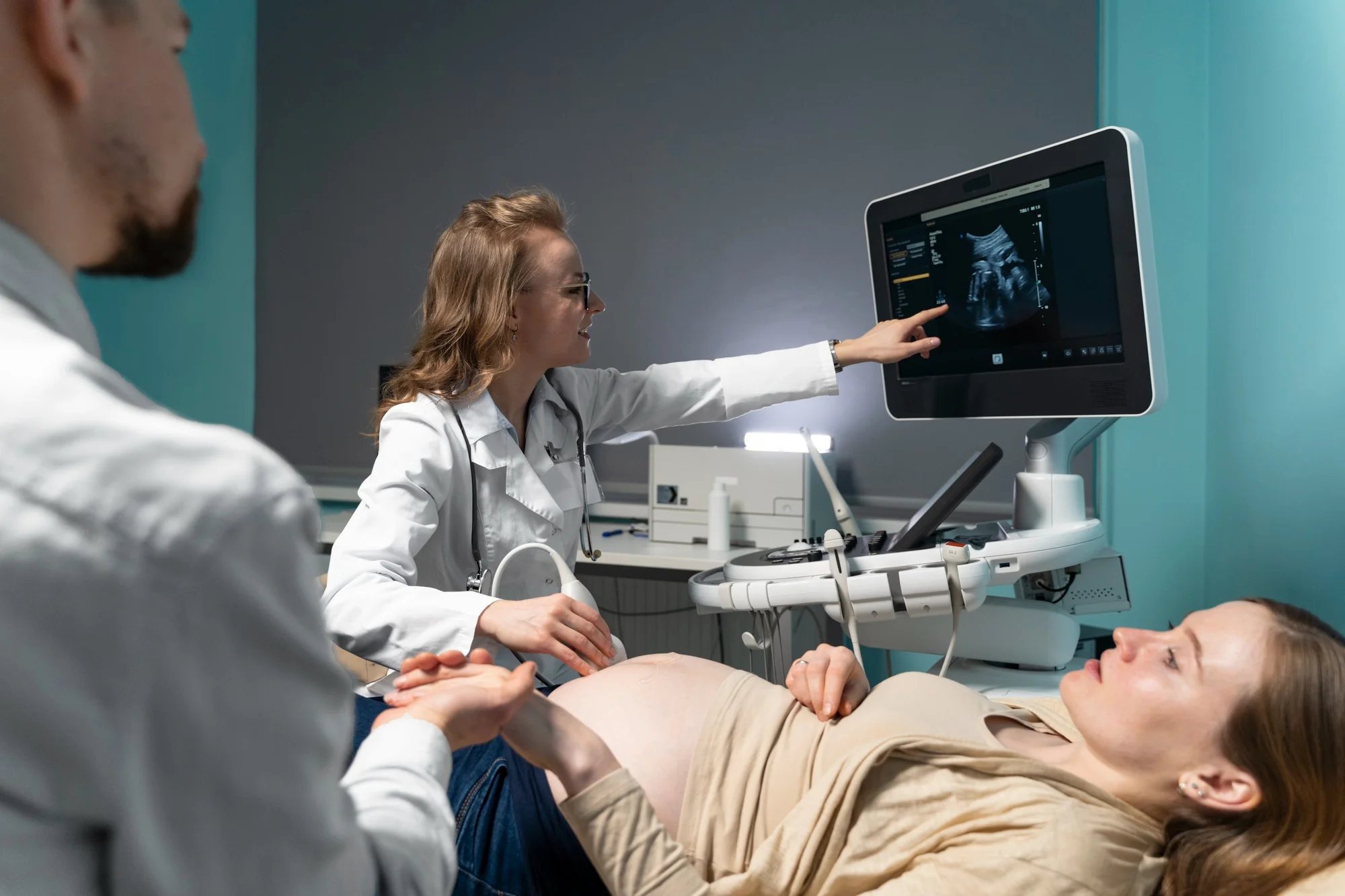Introduction
Non-invasive prenatal testing (NIPT) has modernized prenatal care with its ability to detect fetal chromosomal abnormalities through the analysis of cell-free DNA (cfDNA) in maternal blood. Nonetheless, the preanalytical conditions, such as plasma storage and handling, remain critical to the accuracy of these tests. A study published in “Scientific Reports” has explored the effects of freezing on NIPT results, addressing a critical concern for prenatal diagnosis in China, where technical requirements stipulate plasma cryopreservation at -80 degrees Celsius for three years (Xie et al., 2019; DOI: 10.1038/s41598-019-42980-7).
The Study’s Design
The study, conducted by Xie Xiaolei et al. from The Sixth Affiliated Hospital of Guangzhou Medical University, analyzed 144 euploid pregnant samples, along with samples identified with trisomy 21 (22 cases), trisomy 13 (4 cases), and trisomy 18 (3 cases). The researchers employed massively parallel sequencing to evaluate the samples before and after freezing to discern any variation in the detection success rates attributable to cryopreservation.
Findings and Interpretations
The validation of NIPT’s effectiveness with fresh samples was consistent, yielding a 100% success rate. However, upon analysis of frozen samples, detection success rates for trisomy 21, trisomy 13, and euploidy slightly declined to 95.45%, 75%, and 95.14%, respectively. Freezing was linked to nine failed sequencing attempts, with eight cases attributed to high GC content.
The observation that the chromosome 21 z-value in frozen trisomy 21 samples was lower compared to fresh samples supported the conclusion that freezing diminished the foetal cfDNA fraction and the efficacy of unique reads necessary for NIPT analysis. Additionally, an increase in Unimap-GC content and a decrease in the ratio of unique reads to total reads in the massively parallel sequencing data were noted after freezing.
Implications for Prenatal Diagnostics
The potential reduction in NIPT sensitivity due to freezing could have significant implications for prenatal diagnostics, particularly in regions mandating long-term plasma storage. It is crucial for laboratories and health providers to consider these results when interpreting NIPT outcomes and to be aware of the limitations that may arise with frozen samples.
Discussing the Robustness of NIPT
Despite the highlighted concerns, it is essential to acknowledge the robustness of NIPT as a screening method for chromosomal aberrations, as numerous studies have validated its high accuracy and reliability (Norton et al., 2015; Bianchi et al., 2014; McKanna et al., 2019; Allyse & Wick, 2018; Liao et al., 2014; Lo et al., 1997).
Future Perspectives
As prenatal screening evolves, so must the understanding of how preanalytical factors like plasma storage affect outcomes. Additional research into optimized freezing protocols and improved sequencing techniques is recommended to mitigate the impacts observed in the study.
Conclusion
The effect of freezing on NIPT is a complex issue requiring further attention to ensure the reliability of prenatal testing. This research underscores the need for standardization in preanalytical conditions to optimize NIPT as a safe, effective screening tool.
References
1. Xie X, Li F, Tan W, Yin W, Chen F, Guo X, et al. (2019). The Effect of Freezing on Non-invasive Prenatal Testing. Sci Rep. DOI: 10.1038/s41598-019-42980-7.
2. Norton ME, Jacobsson B, Swamy GK, Laurent LC, Ranzini AC, Brar H, et al. (2015). Cell-free DNA Analysis for Noninvasive Examination of Trisomy. N Engl J Med. DOI: 10.1056/NEJMoa1407349.
3. Bianchi DW, Wilkins-Haug L, Enders AC, Hay ED. (2014). DNA Sequencing versus Standard Prenatal Aneuploidy Screening. N Engl J Med. DOI: 10.1056/NEJMoa1311037.
4. McKanna T, Ryan A, Krantz DA, Benn P. (2019). Fetal Fraction-based Risk Algorithm for Non-invasive Prenatal Testing: Screening for Trisomies 13 and 18 and Triploidy in Women with Low Cell-free Fetal DNA. Ultrasound Obstet Gynecol. DOI: 10.1002/uog.19176.
5. Allyse MA, Wick MJ. (2018). Noninvasive Prenatal Genetic Screening Using Cell-free DNA. JAMA. DOI: 10.1001/jama.2018.9418.
Keywords
1. Non-invasive Prenatal Testing (NIPT)
2. Cell-free DNA (cfDNA)
3. Massively Parallel Sequencing
4. Plasma Cryopreservation
5. Prenatal Screening Accuracy
